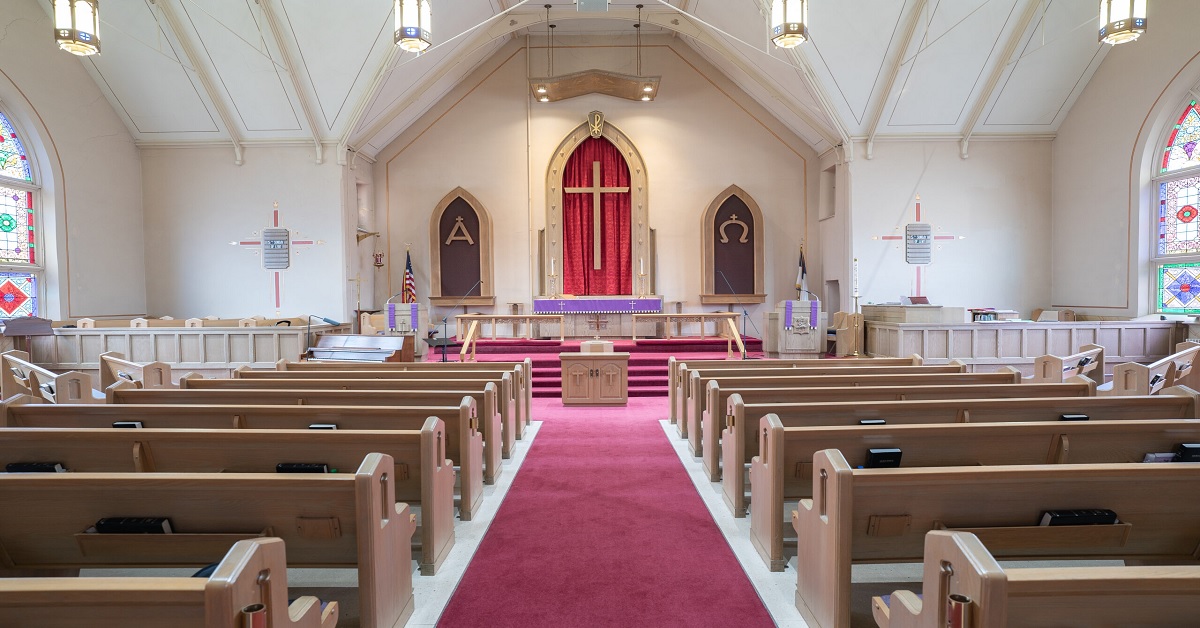There is a general impression among both the Muslims and the Christians that Islam does not permit construction of churches or house of worship for other faith communities. This is incorrect both from historical perspective and the letter as well as spirit of Islam’s primary scripture, the Qur’an. As history remains in flux and its realities change constantly, we have to home in at an era that saw Islam from very close proximity – its early centuries.
The venue is Egypt. The era is the reign of Abd al Malik (685-705 AD). The account that follows is extracted from Thomas Arnold’s book, The Preaching of Islam (1896, revised 1913) — that is considered one of the earliest intensively researched Western works challenging the highly misconceived notion that Islam was primarily spread by the sword. Ground-breaking in its time and for this era as well, the book offers a balanced counter-narrative to propagandist narratives presenting Islam as inherently coercive and intolerant of other faiths.
Sir Thomas Walker Arnold (1864–1930) was a British orientalist and historian of Islamic art and culture. He taught at the Muhammadan Anglo-Oriental College (now Aligarh Muslim University) and later at the School of Oriental Studies in London. Arnold was respected for his relatively fair-minded scholarship compared to many of his contemporaries, avoiding overt polemics in his treatment of Islam.
The following account draws on his referenced book (p.66, 67) relates to the new churches built in Egypt in the early period of Islamic rule. The contribution of the distinguished author – who was later knighted and the Publication House are posthumously recognized and extract for the referenced book is shown under asterisk:
“a wealthy Christian of Edessa, named Athanasius, erected in his native city a fine church dedicated to the Mother of God, and a Baptistery in honour of the picture of Christ that was reputed to have been sent to King Akbar; he also built a number of churches and monasteries in various parts of Egypt, among them two magnificent churches in Fustat. Some Christian chamberlains in the service of `Abd al-Aziz b. Marwan (brother of `Abd al-Malik), the governor of Egypt, obtained permission to build a church in Halwan, which was dedicated to St. John, though this town was a Muslim creation.
“In A.D. 711 a Jacobite church was built at Antioch by order of the Caliph al-Walid (705-715). In the first year of the reign of Yazid II (A.D.720) Mar Elias, the Jacobite Patriarch of Antioch, made a solemn entry into Antioch, accompanied by his clergy and monks, to consecrate a new church, which he had caused to be built; and in the following year he consecrated another church in the village of Samada, in the district of Antioch, and the only opposition he met with was from a rival Christian sect that accepted the council of Chaldecon.
“In the following reign Khalid al-Qasari, who was governor of Arabian and Persian Iraq from 724-738, built a church for his mother, who was a Christian to worship in. In 759 the building of a church at Nisibis was completed, on which the Nestorian bishop, Cyprian, had expended a sum of 56,000 Dinars. From the same century dates the church Abu Sirjah in the ancient Roman fortress in old Cairo. In the reign of al-Mahdi (775-785) a church was erected in Baghdad for the use of the Christian prisoners that had been taken captive during the numerous campaigns against the Byzantine empire.
“Another church was built in the same city, in the reign of Haroon al-Rashid (786-809), by the people of Samalu, who had submitted to the Caliph and received protection from him; during the same reign, Sergius, the Nestorian Metropolitan of Basra, received permission to build a church in that city, though it was a Muslim foundation, having been created by the Caliph Umar in the year 638, and a magnificent church was erected in Babylon in which were enshrined the bodies of the prophets Daniel and Ezechiel.
“When al-Mamun (813-833) was in Egypt he gave permission to two of his chamberlains to erect a church on al-Muqattam, a hill near Cairo; and by the same Caliph’s leave a wealthy Christian named Bukkam, built several fine churches at Bura in Egypt. The Nestorian patriarch, Timotheus, who died AD 820 erected a church at Takrit and a monastery at Baghdad. In the 10th century, the beautiful Coptic church of Safayan was built in Fustat. A new church was built at Jiddah in the reign of al-Zahr, the 7th Fatimid caliph of Egypt (1020-1025). New churches and monasteries were also built in the reign of Abbasid al Mustadi dedicated to Our Lady the Pure Virgin.
“Indeed so far from the development of Christian church being hampered by the establishment of Mohammadan rule, the history of the Nestorian exhibits a remarkable outburst of religious life and energy from the time of their becoming subject to Muslims.”
—–
Muhammad Yunus, a Chemical Engineering graduate from Indian Institute of Technology, and a retired corporate executive has been engaged in an in-depth study of the Qur’an since early 90’s, focusing on its core message. He has co-authored the referred exegetic work, which received the approval of al-Azhar al-Sharif, Cairo in 2002, and following restructuring and refinement was endorsed and authenticated by Dr. Khaled Abou El Fadl of UCLA, and published by Amana Publications, Maryland, USA, 2009.
First Published on newageislam.com

